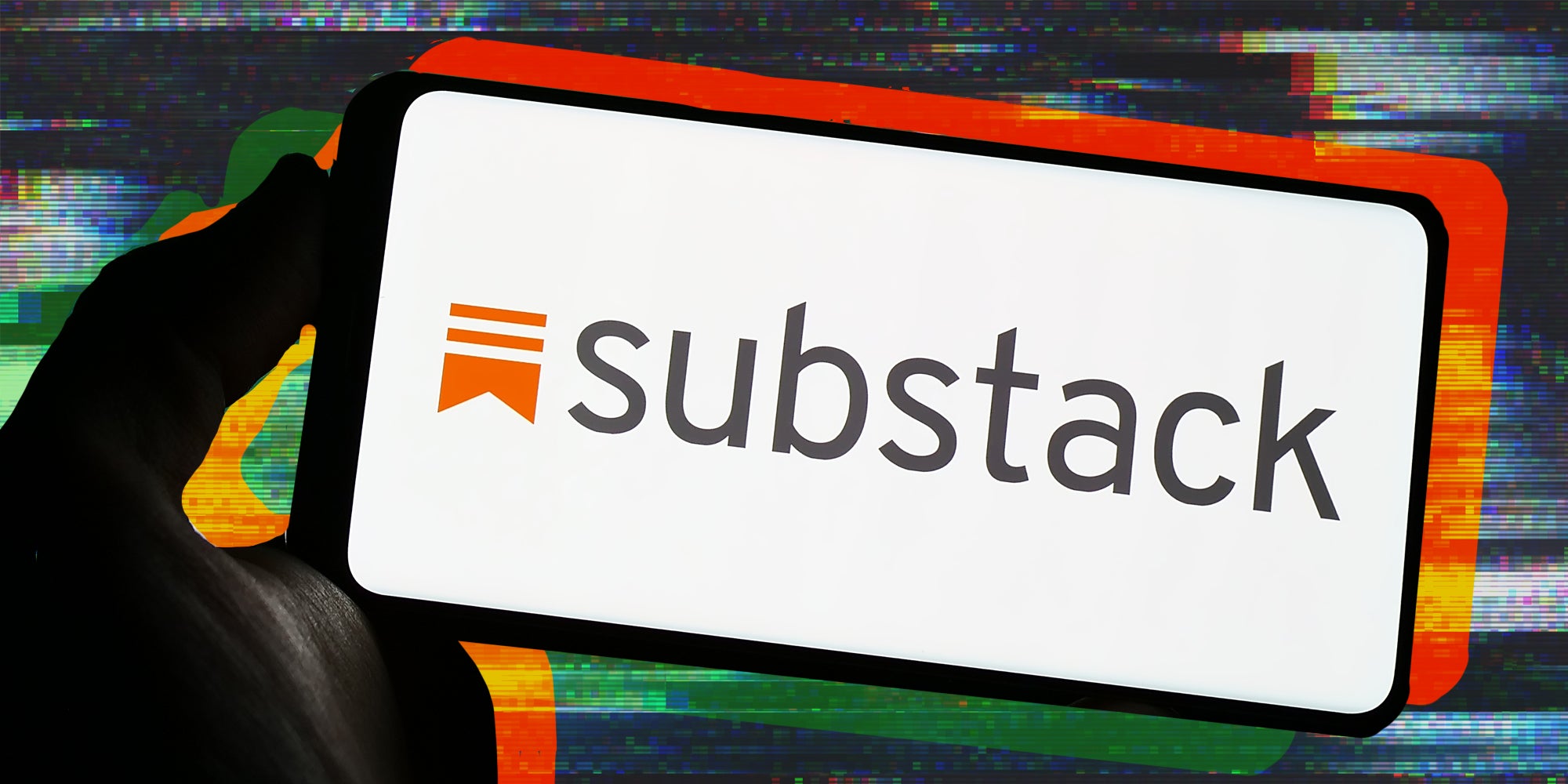
Substack, a million-dollar newsletter platform, has raised more than $82.4 million since 2017, exploding in popularity during the pandemic. But that may well change in the future, as over a hundred of the platform’s biggest writers are boycotting the platform this week, alleging it has an antisemitism problem.
Despite Substack’s insistence that they penalize creators that spread “hate,” on Nov. 28, The Atlantic found that Nazi newsletters — littered with swastikas and references to “the Jewish question” — were not just surviving on the platform but attracting tens of thousands of subscribers.
A group of over 100 Substack writers, known as the “Substackers Against Nazis,” published an open letter on Dec. 14 demanding Substack take action against antisemitism on the platform.
In a statement to Fast Company, the brand’s approach felt eerily “free speech absolutist,” similar to that of the Musk-dominated X (formerly Twitter).
“Substack is a platform that is built on freedom of expression and helping writers publish what they want to write,” it said. “Some of that writing is going to be objectionable or offensive. Substack has a content moderation policy that protects against extremes — like incitements to violence — but we do not subjectively censor writers outside of those policies.”
Another group of 50 Substack writers, in response to this controversy, sent out a separate open letter saying they were in support of the platform’s lax content moderation, including controversial figures like Matt Taibbi and Bari Weiss. But is this really the kind of culture Substack wants to create?
The most concerning part of this all is that antisemitism around the world has greatly risen as a result of the Israel-Hamas conflict and the ongoing violence in Gaza. And rather than protecting its users, Substack seems pretty committed to continuing to allow hate to run rampant on the platform.
Ultimately, it all comes down to the distinction between hate speech and free speech, and until Substack is willing to make that division clear, we’ll probably see things go from bad to worse.




